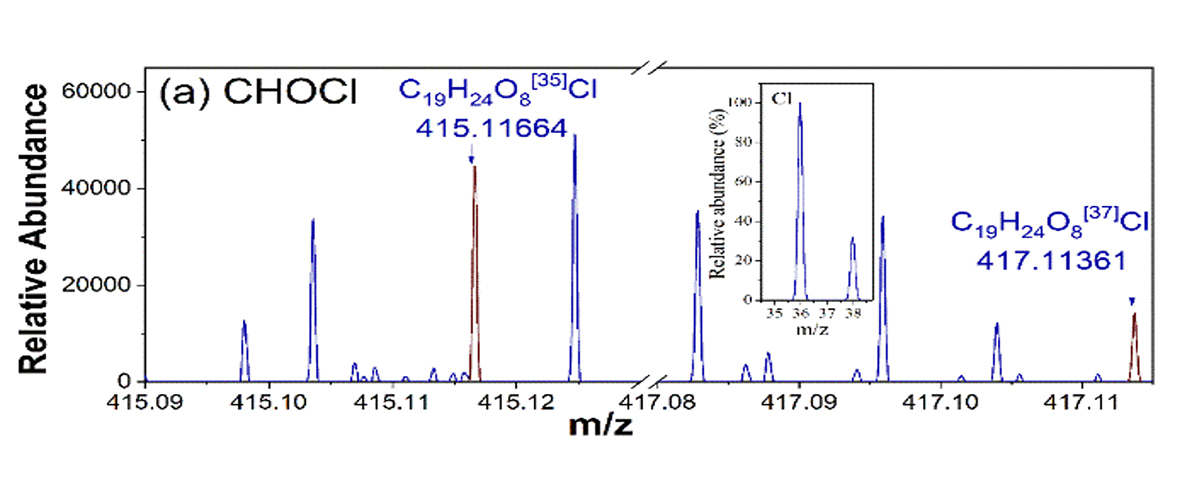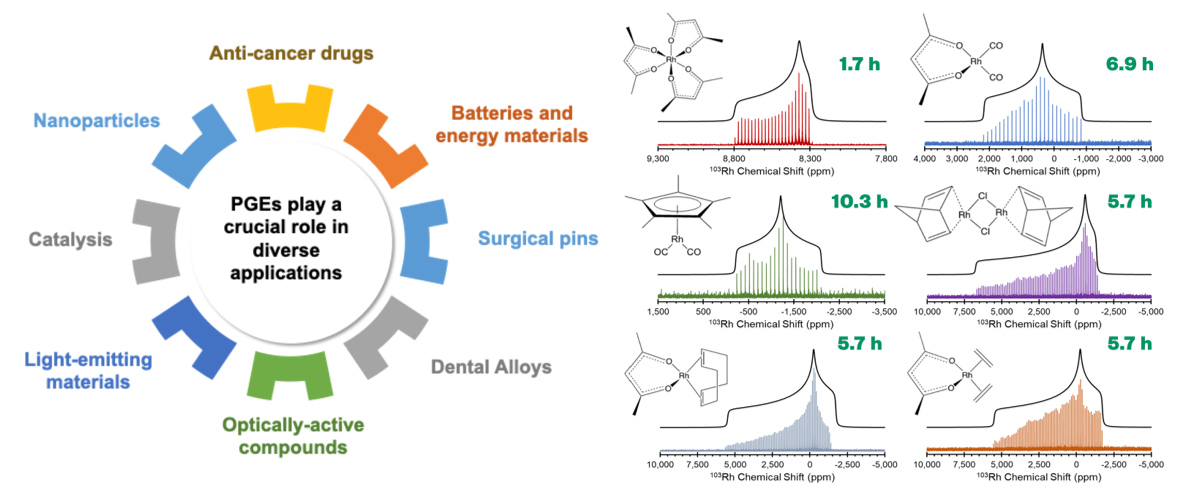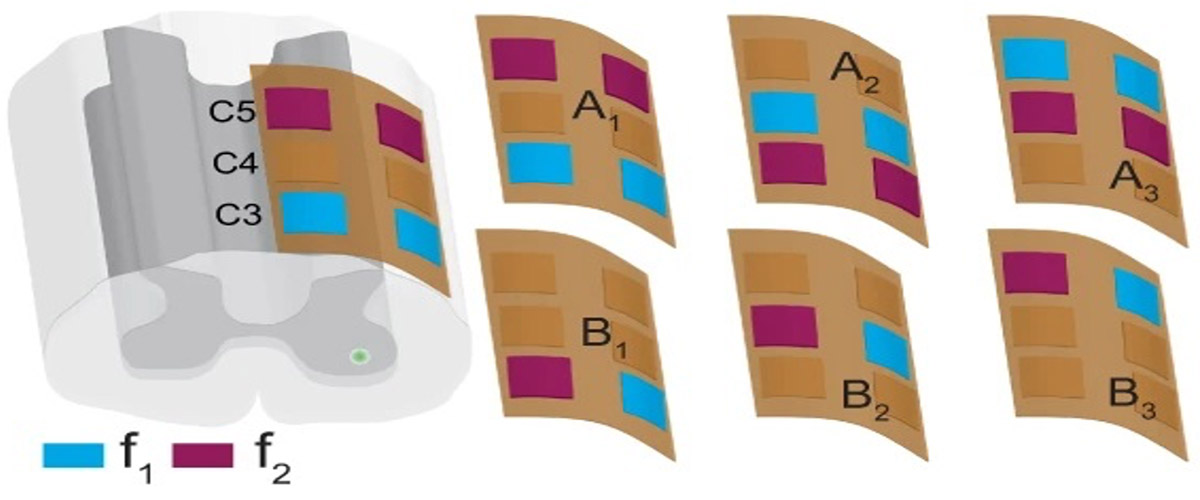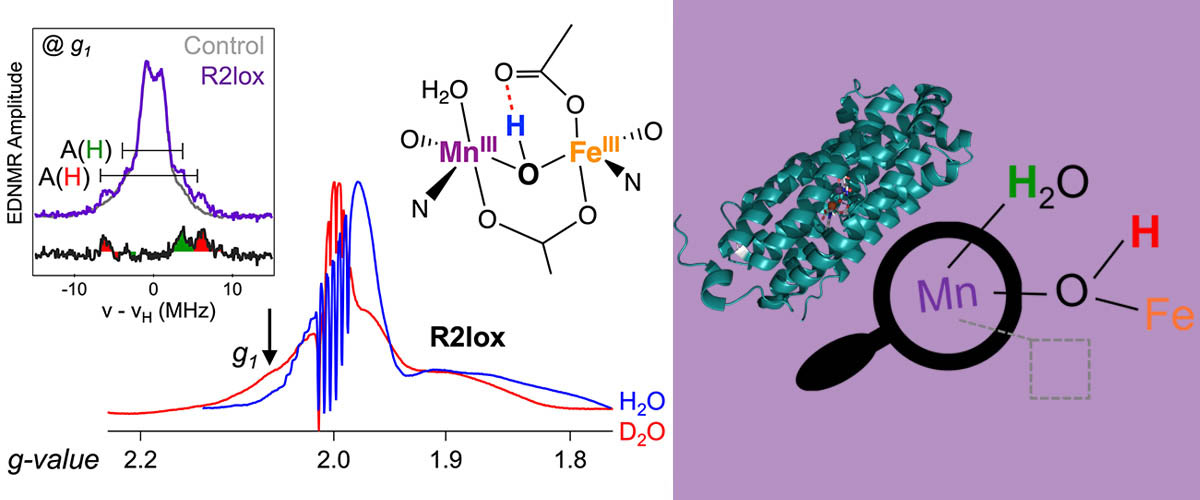What did scientists discover?
MagLab users identified 3599 chlorine-containing disinfection byproducts in the most toxic fraction (i.e. molecular weights of less than 1 kiloDalton) of drinking water treated by chlorination and chloramination. These disinfection byproducts have empirical formulas that contain one (CHOCl), two (CHOCl2) or three (CHOCl3) chlorine atoms per molecule, with a relative abundance order of Cl1 > Cl2 >> Cl3. Strikingly, chloraminated water contains a higher number of chlorine-containing high-molecular-weight disinfection byproducts than chlorinated water.
Why is this important?
Disinfection byproducts are associated with adverse health effects, including reproductive and developmental impacts as well as cancer. However, the toxicity-driven unknown disinfection byproducts remain poorly understood. Due to lack of chemical standards, it is difficult to assess the toxicity contribution of identified disinfection byproducts by high resolution mass spectrometry, as the resolving power requirements to identify these compounds exceeds lower-magnetic-field instruments. Performing in vitro bioassays prior to analysis in the MagLab’s 21T Fourier Transform – Ion Cyclotron Resonance (FT-ICR) mass spectrometer enabled the discovery of 3599 chlorine-containing disinfection byproducts in the toxic fraction of drinking water. This provides a candidate list for verifying the specific toxicity drivers in disinfected water.
Who did the research?
Huiyu Dong1,2, Amy A. Cuthbertson1, Michael J. Plewa3, Chad R. Weisbrod4, Amy M. McKenna4,5, Susan D. Richardson1,*
1University of South Carolina; 2Chinese Academy of Sciences; 3University of Illinois at Urbana−Champaign; 4MagLab; 5Colorado State University
Why did they need the MagLab?
The MagLab’s unique 21T Fourier Transform – Ion Cyclotron Resonance magnet enabled researchers to identify more than ten times as many disinfection byproducts in the toxic molecular weight fraction (molecular weights less than 1 kiloDalton) than was possible in lower field (15T) instruments. This work leverages the mass measurement accuracy and precision achievable at using 21 tesla magnetic fields to provide world-leading mass-resolving power that enables determination of toxic disinfection byproducts species in drinking water that contain one, two, or three chlorines per molecule.
Details for scientists
- View or download the expert-level Science Highlight, Unravelling Disinfection Byproducts in Chlorinated and Chloraminated Drinking Water
- Read the full-length publication, Unravelling High-Molecular-Weight DBP Toxicity Drivers in Chlorinated and Chloraminated Drinking Water: Effect-Directed Analysis of Molecular Weight Fractions, in Environmental Science and Technology
Funding
This research was funded by the following grants: Susan D. Richardson (NSF, DMR-1644779; ASPIRE); Huiyu Dong (NSFC, 52070184, 52270012); G.S. Boebinger (NSF DMR-2128556)
For more information, contact Chris Hendrickson.






